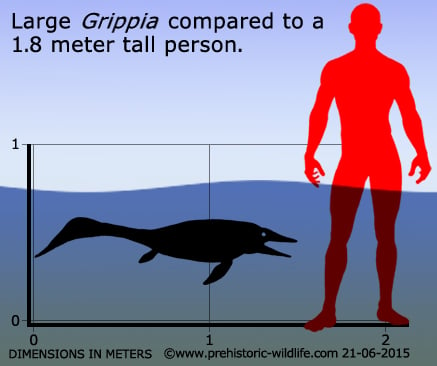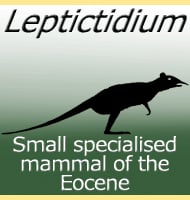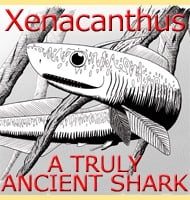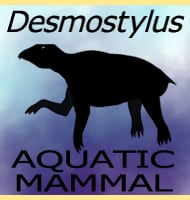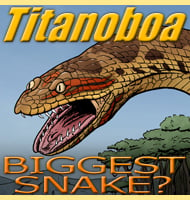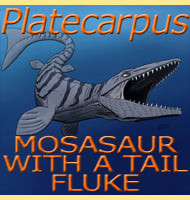In Depth
The best specimen of Grippia was destroyed in World War II, so today we have only this description and other less complete specimens left to study. This makes the key question about what this early ichthyosaur ate very difficult to answer. Early ideas had Grippia down as a predator of armoured prey like shellfish, but later study has revealed that the teeth are not especially suited for these kinds of animals. Instead the wider consensus is that Grippia was a generalist that did not rely upon a single kind of prey animal for food.
Grippia longirostris fossils were once thought to come Spitsbergen, the main island of Svalbard, but these remains are now actually thought to have belonged to Helveticosaurus, which itself was once thought to be a placodont.
Further Reading
– Grippia longirostris Wiman, 1929, un Ichthyopterygia primitif du Trias inf�rieur du Spitsberg. – Bulletin du Mus�um National d’Histoire Naturelle 4:317–340. – J. -M. Mazin – 1981. – Skull of Grippia longirostris: no contradiction with a diapsid affinity for the Ichthyopterygia. – Palaeontology 43:1-14. – R. Motani – 2000.- Cranial morphology and relationships of a new grippidian (Ichtyopterygia) from the Vega-Phroso Siltstone Member (Lower Triassic) of British Columbia, Canada. – Journal of Vertebrate Paleontology. 33 (4): 831–847. – R. S. Cuthbertson, A. P. Russel & J. S. Anderson – 2013.
